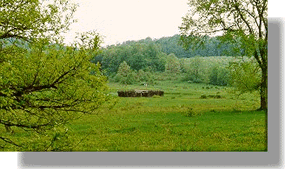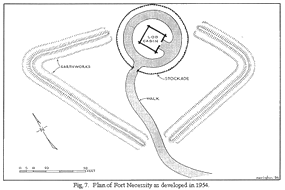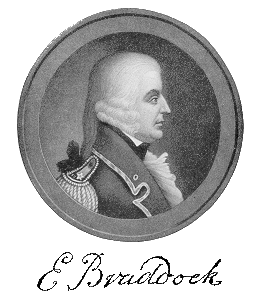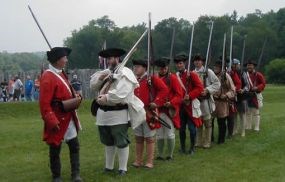
Why did George Washington choose the location he did for Fort Necessity?
Has this area always been a meadow?

J. C. Harrington - from "New Light on Fort Necessity" Why is the fort so small?
Can I access a Fort Necessity list of dead and wounded British Troops on this site or another that you might be able to direct me to?
Where can I find primary sources for the names of soldiers and wagoners who accompanied Washington at Braddock's defeat in 1755?

Library of Congress Was General Braddock's body ever found and reburied somewhere else? If so, when and where?
May I bring my pet to the park?

Do you have battle re-enactments at Fort Necessity?
Can I use a metal detector at Fort Necessity?
What if anything found was to be donated back to the park?
|
Last updated: May 6, 2024
